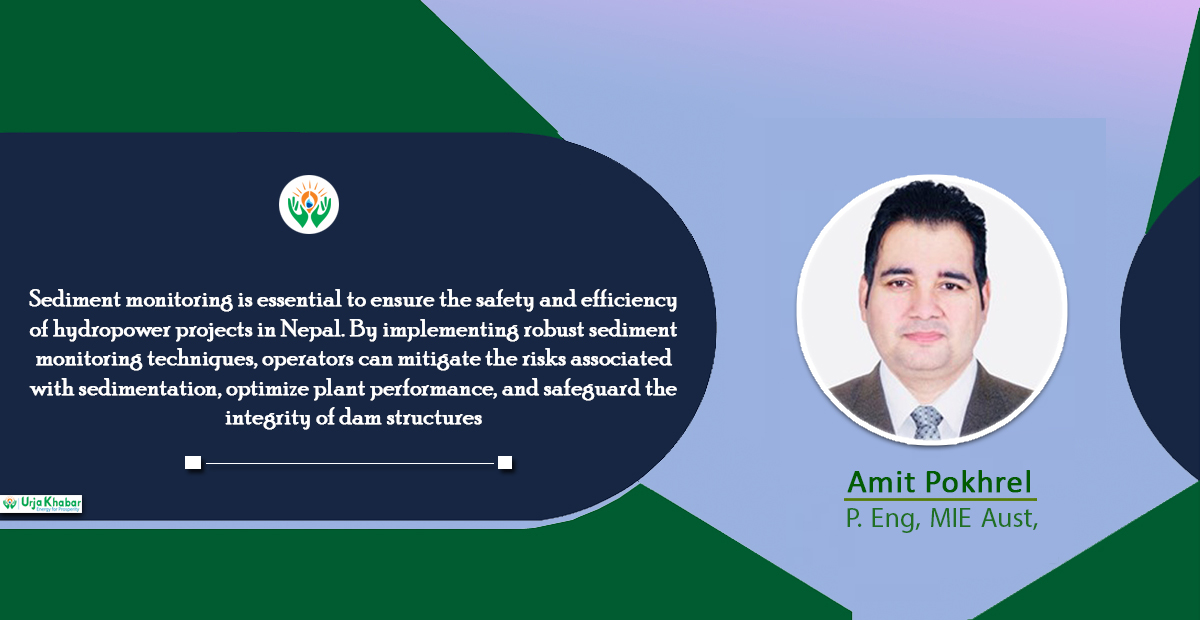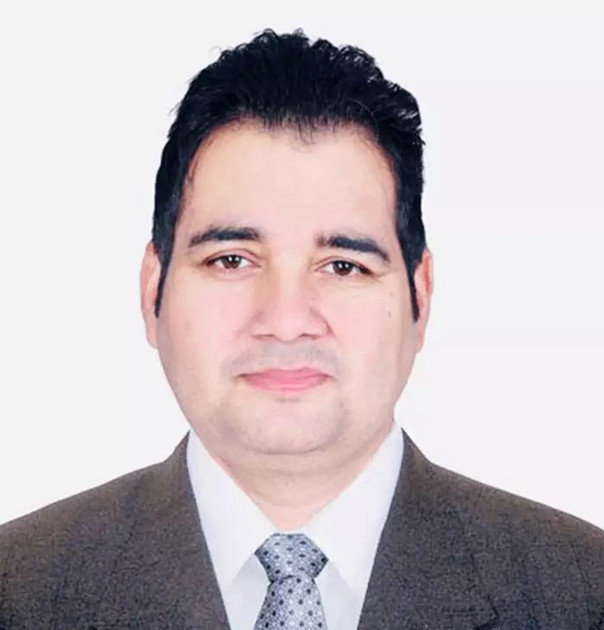
Hydropower projects play a crucial role in meeting the growing energy demands of Nepal. With numerous rivers flowing through the country, hydropower is a key source of clean and renewable energy. However, sedimentation poses a significant challenge to the efficiency and safety of these projects. Sediment monitoring is essential to ensure dam safety and plant efficiency in hydropower projects in Nepal.
The Impact of Sedimentation

Sediment consists of particles such as silt, sand, and rocks that are carried by rivers and streams. When water flows through a hydropower dam, sediment accumulates at the bottom of the reservoir. Over time, this sediment can reduce the storage capacity of the reservoir, impact the efficiency of turbines, and increase the risk of dam failure. Excessive sedimentation can lead to a decrease in energy production, increased maintenance costs, and potential damage to equipment. To mitigate these risks, sediment monitoring is essential to understand sediment transport, deposition patterns, and the impact on the overall operation of the hydropower plant.
Monitoring Techniques

There are various techniques are used to monitor sediment levels in hydropower projects. These include as follows:
1. Sediment Sampling
Sediment samples are collected from different locations within the reservoir to analyze the concentration and composition of sediment. This information helps in understanding sediment dynamics and making informed decisions regarding sediment management strategies.
2. Remote Sensing
Remote sensing technologies, such as satellite imagery and aerial surveys, are used to monitor sediment levels in large reservoirs. These techniques provide valuable data on sediment transport, erosion, and deposition patterns over a wide area.
3. Hydroacoustic Profiling
Hydroacoustic devices are used to measure sediment levels in real-time by sending sound waves through the water column. This non-invasive technique provides continuous data on sediment concentration and distribution, helping operators to optimize reservoir management.
4. Importance of Dam Safety
Dam safety is a critical aspect of hydropower projects to prevent catastrophic failures and protect downstream communities. Sedimentation can weaken dam structures, increase the risk of overtopping, and impact the stability of the reservoir. Regular monitoring of sediment levels is essential to assess the structural integrity of the dam and implement necessary maintenance and remediation measures.
5. Ensuring Plant Efficiency
Sediment accumulation in turbines and intake structures can decrease the efficiency of hydropower plants. High sediment concentrations can cause abrasion, erosion, and cavitation, leading to mechanical damage and reduced energy output. By monitoring sediment levels, operators can optimize maintenance schedules, implement sediment flushing operations, and ensure the smooth operation of the plant.
Case Study : Sediment Monitoring in the Kali Gandaki
The Kali Gandaki Hydropower Project in Nepal has implemented a comprehensive sediment monitoring program to address sedimentation issues in the reservoir. Through regular sediment sampling, hydroacoustic profiling, and remote sensing technologies, the project has been able to effectively manage sediment levels and ensure the safety and efficiency of the plant.
The 144 MW Kali Gandaki run-of-river project was designed to manage the extremely high sediment load of the Kali Gandaki river. However, excess turbine abrasion and rising flood levels in the upper reach of the reservoir are the two major challenges. The Kali Gandaki River originates in the high Himalayas carrying high sediment load. The river generates a suspended sediment load of 43 Mt/yr, of which around 25 percent consists of sand. This sand has a high concentration of highly abrasive angular quartz. About 95 percent of this suspended sediment load is delivered during the monsoon, between late May and late September and is large enough to completely fill the reservoir in a single monsoon season. Date on discharge, suspended sad concentration in the river, and on the flow diverted into the turbines.
Sediment management strategies was undertaken to address sand abrasion, field tests and physical modeling were undertaken to determine how the efficiency of the intake and the desander could be improved. It was also envisaged to improve the debris-shedding characteristics of the intake, since the trash racks was becoming overloaded by the debris. A modification to the inlet configuration of the desander basins was also identified, which would reduce the effect of hydraulic short-circuiting due to plunging of sediment-laden flow at the entrance to the basins.
Later on, the analysis of operational data was also undertaken and was found that water levels were not always being held at prescribed levels. Better operational control and operator training and monitoring were identified as essential factors for achieving the most efficient operation from the installed sediment management infrastructure.
Reference: the information provided in the iha web page about the Kali Gandaki River, Nepal - Kali Gandaki (hydropower.org)
